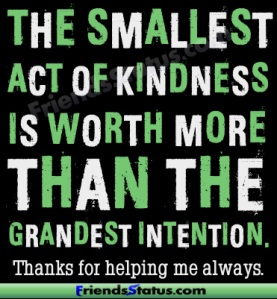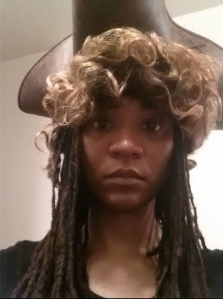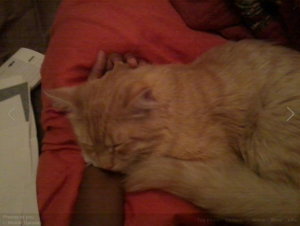It’s one thing to philosophize about students in the summer; the fall is when the pedagogical rubber hits the road.
I’ve mentioned that I want to strengthen my relationships with students this year. Why? Because as the late Dr. Rita Pierson said, “students don’t learn from teachers they don’t like.” And I want my students to learn. A LOT.
So, this year, I’m aiming to be a teacher students like. And no, not in a buddy-buddy way, but in a way that students know I have their best interests at heart.

I’ve attempted to foster relationships, so far, in several ways:
1. I’m teaching a low-stakes computer science class through Exploring Computer Science. There is no regents exam connected to the course, there is no homework in the course, and students drive most of the classwork. It’s fun and curiosity driven. It engages the kids. They learn in spite of themselves. The course isn’t even called “computer science.” It’s called “Solving Problems with Creativity, Art, and Technology.” We call it CAT Class, for short.
2. I’m trying to bring more fun into classes I co-teach. I wear silly hats, wigs, cat ears (ahem, CAT class), and try to incorporate games and interesting current events. This is an approach I’ve stolen from Dave Burgess’s Teach Like a Pirate methodology.

3. I’m always on the lookout for free or PAID opportunities and contests for students at my school. Even the more ornery ones know that I’m the teacher who will help them out. Opportunities I’ve helped students get since June: paid summer experience with the Sadie Nash Leadership Project, writing opportunities with Teen Reviewers and Critics Program, Internship with Metropolitan Museum of the Arts. I’m pretty sure that at least two more students will get into BAM’s Dancing into the Future program, as well.
4. I’m interviewing SpEd students about their goals and future plans so I have a lot I can write meaningful IEPs. Not only does it make the IEP easier to write, but the kids like answering questions about themselves. I’ve been using this survey because it has questions about their horse riding and car racing experiences that make my inner city students giggle. Curiously, I’ve learned that quite a few of my kids go bowling on a regular basis.
5. In one-on-one conversations, I’m giving advice less and listening and asking questions more. This is something I’m doing in my life, in general, inspired by The Lost Art of Listening by Michael P. Nichols.
6. I’m being nice to myself. This is an important one. I used to beat up on myself a lot for not being better at lots of things. And when I felt frustrated at myself, the emotion spilled over onto my kids. Teens are living, emotion-sensing machines, and they know when you are feeling bad. Of course, they assume it’s about them and get defensive. So it’s important to try to feel good.

7. I’m learning every thing I can about being emotionally supportive. I’m researching schools and youth organizations with Restorative Justice practices. In fact, I’m leading an affinity/research group on restorative justice that you are welcome to join if you are in NYC. Sign up here (public school teachers in NYC will be paid per session!): Sign up for The Restorative Justice Affinity Group.